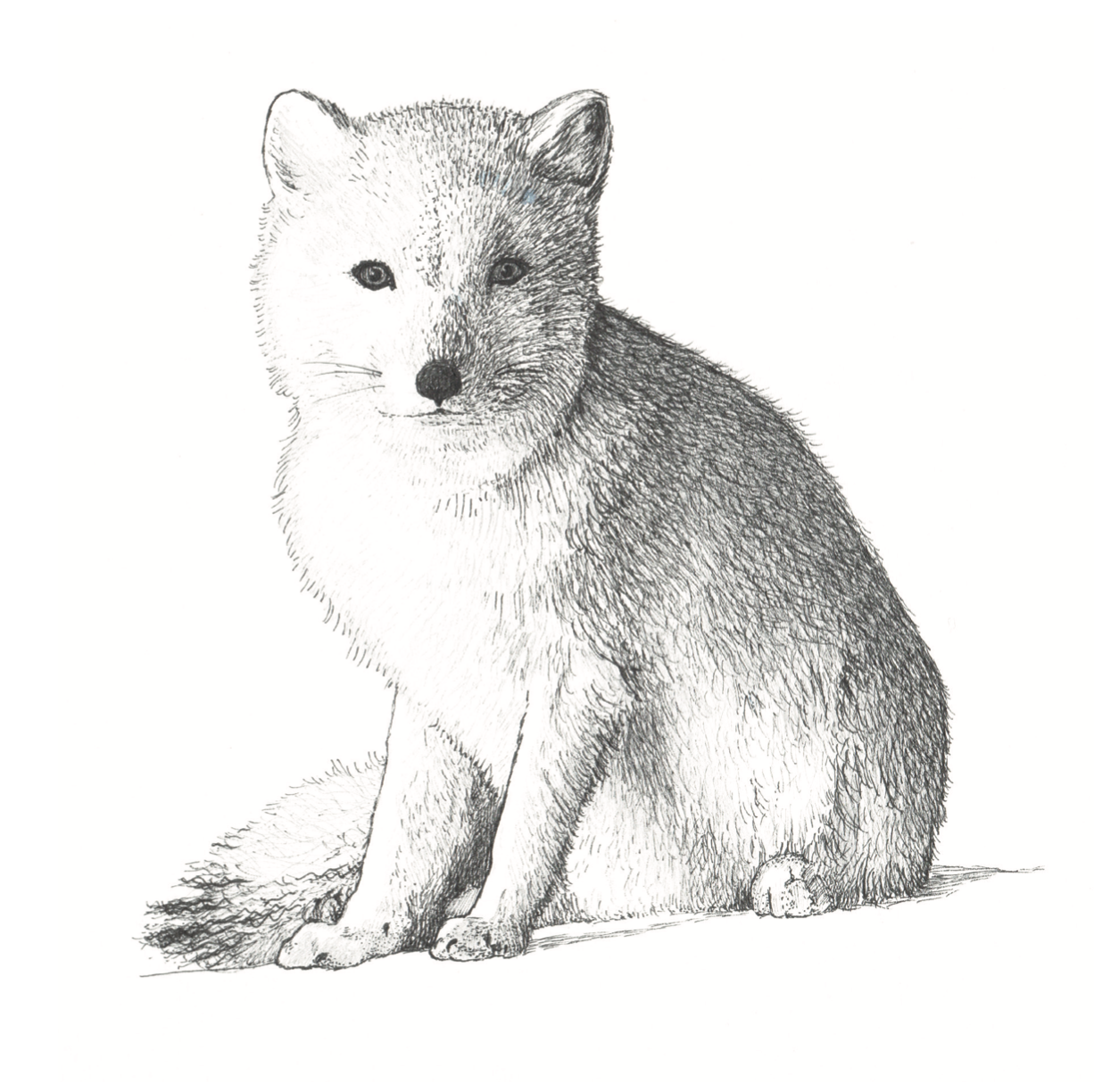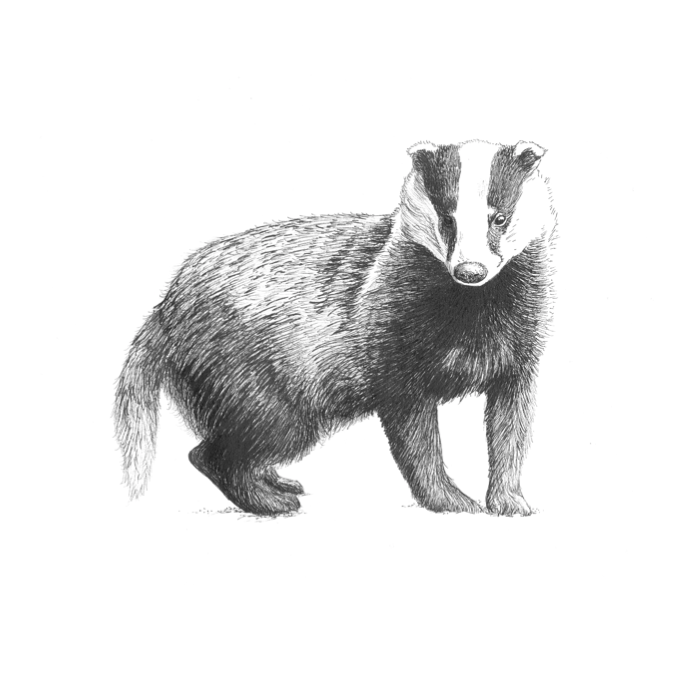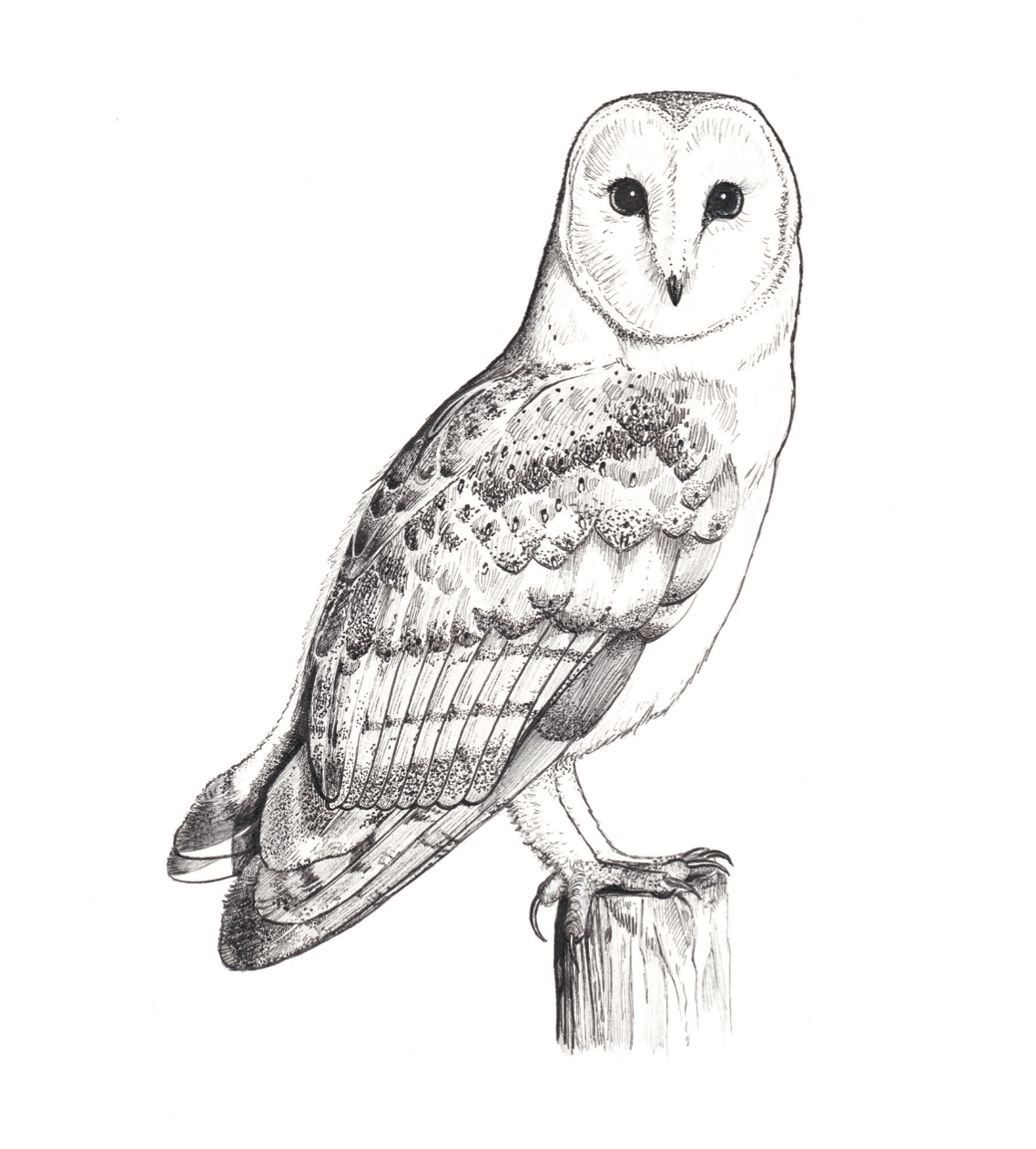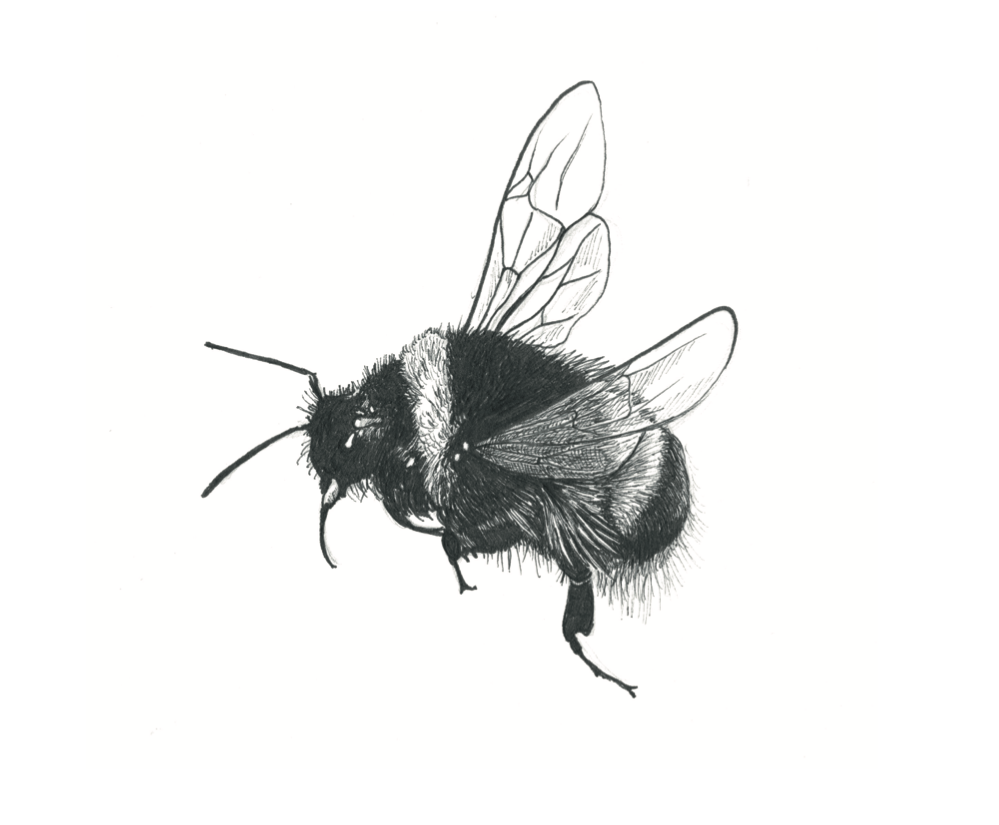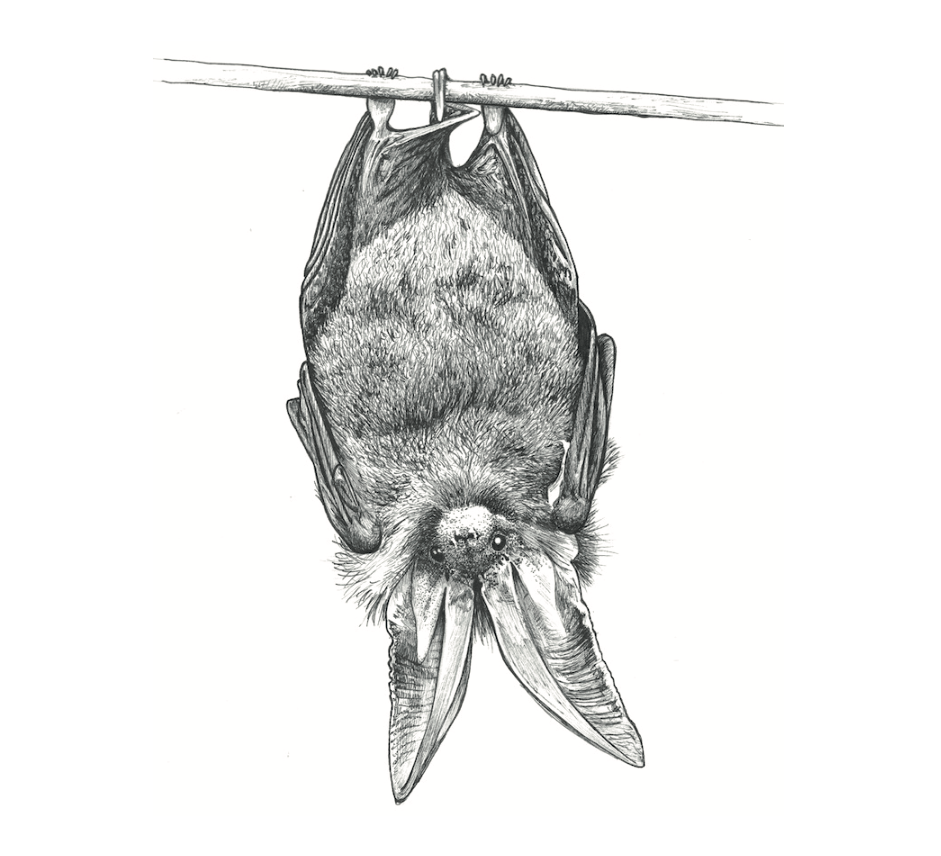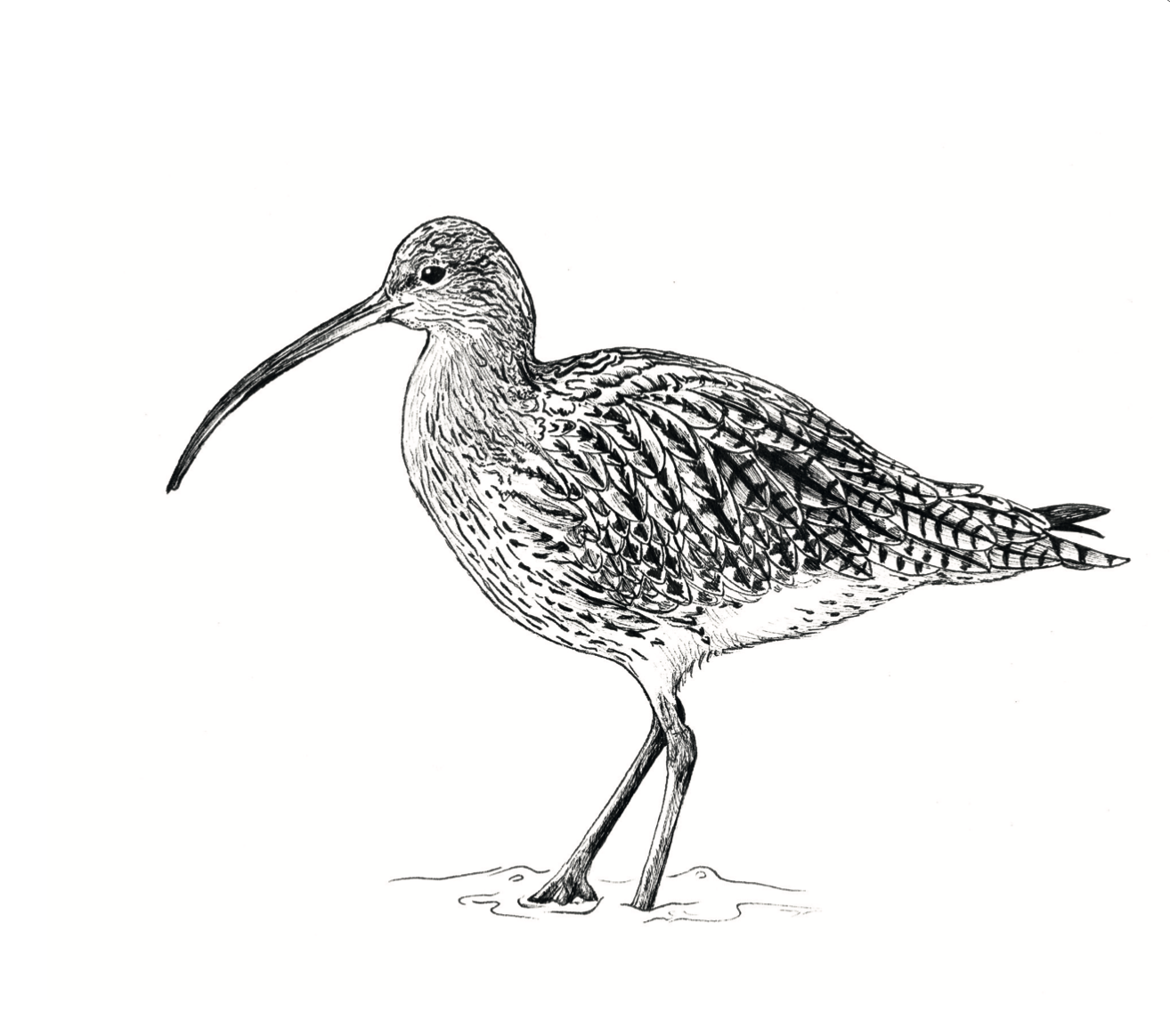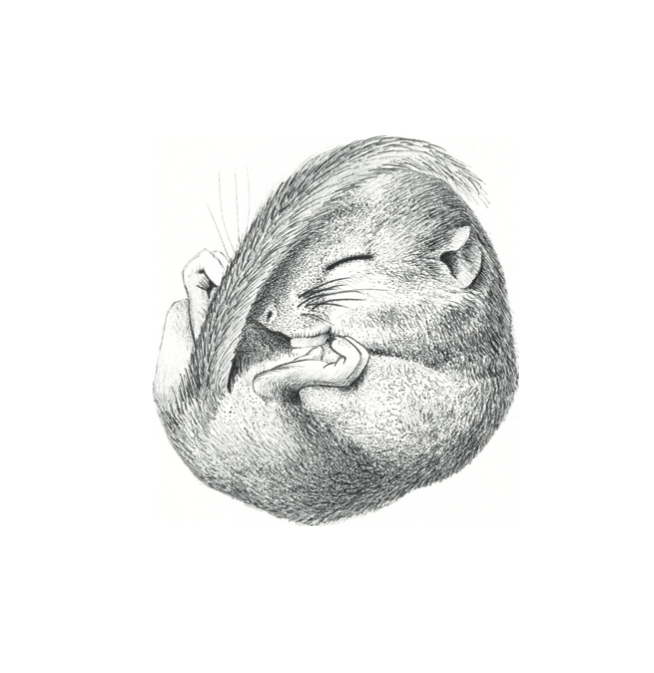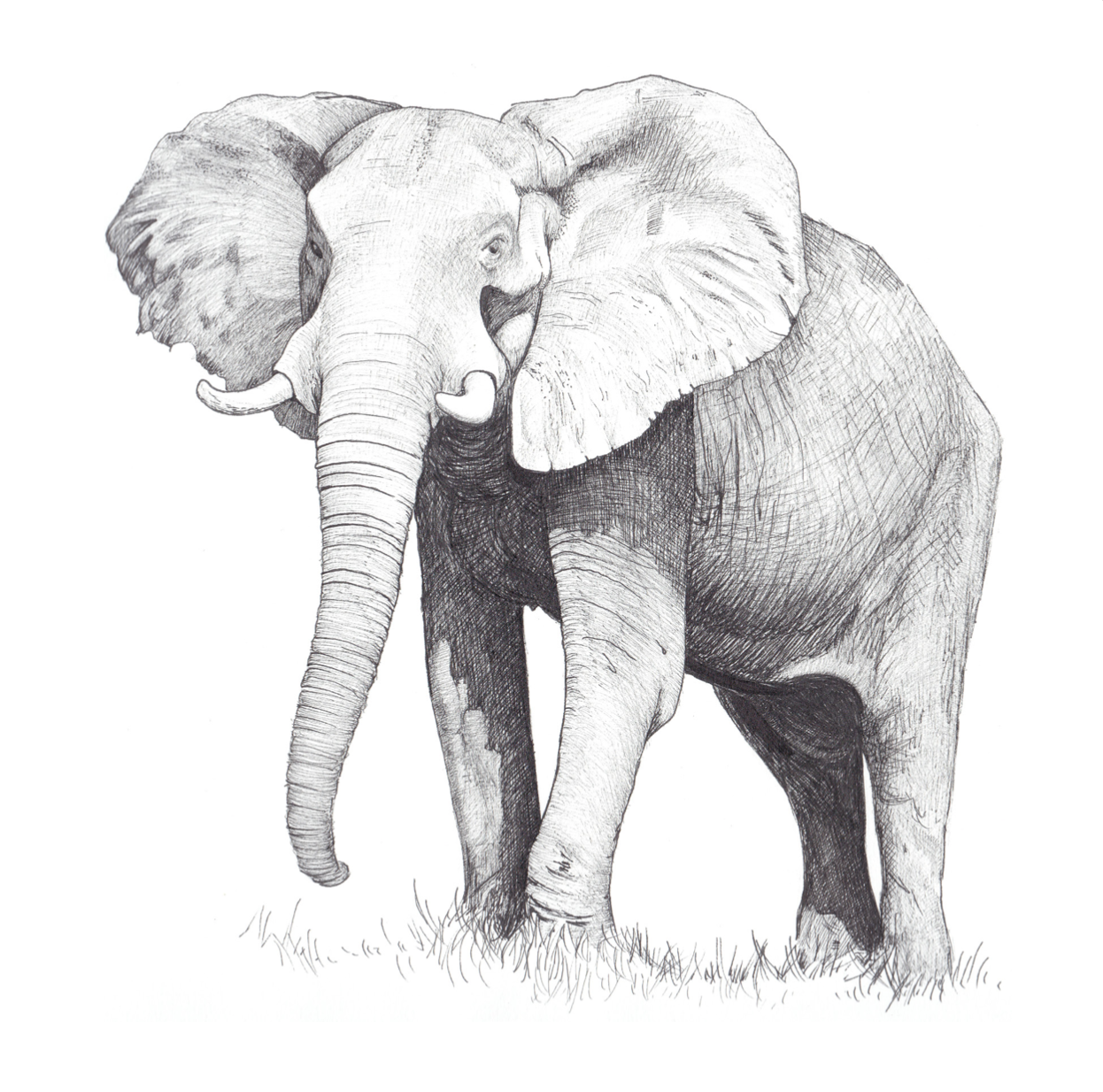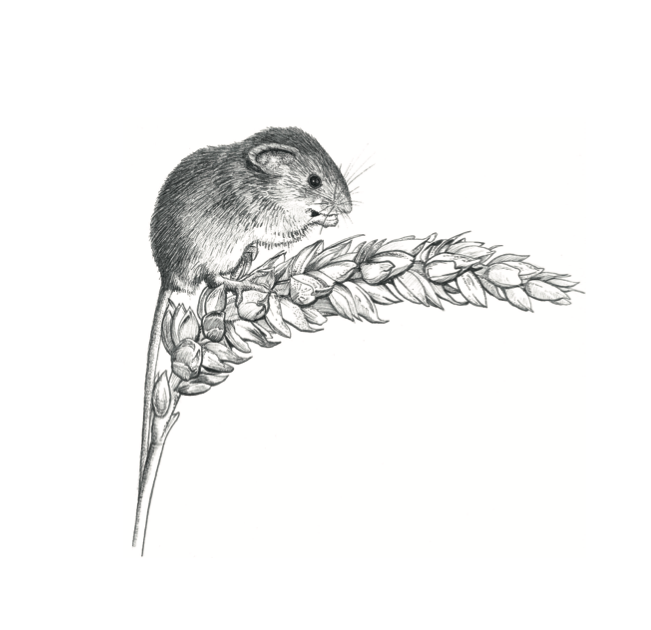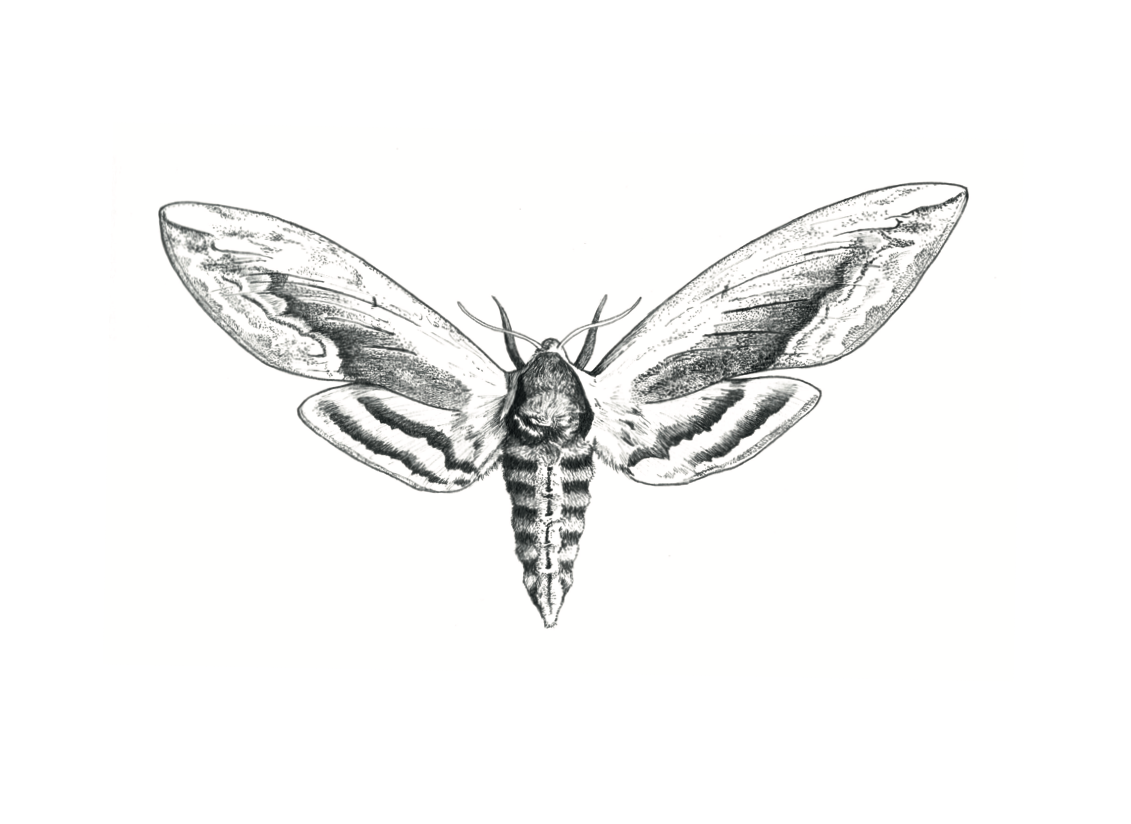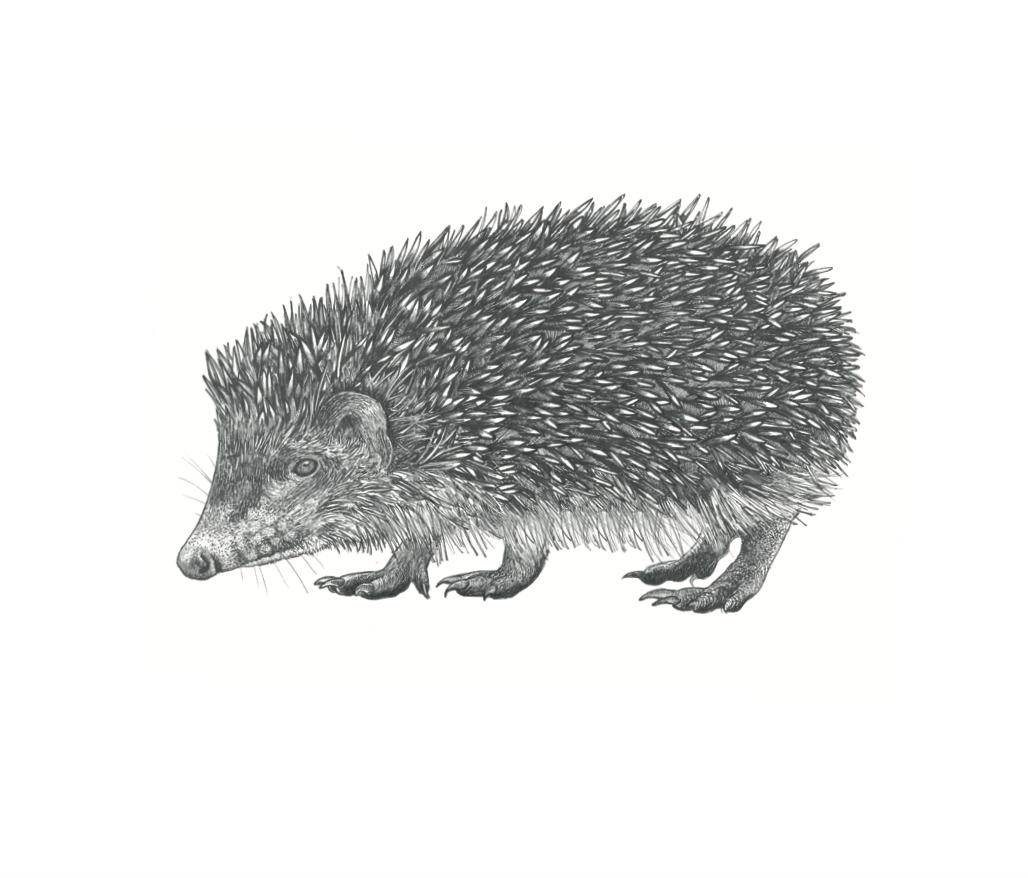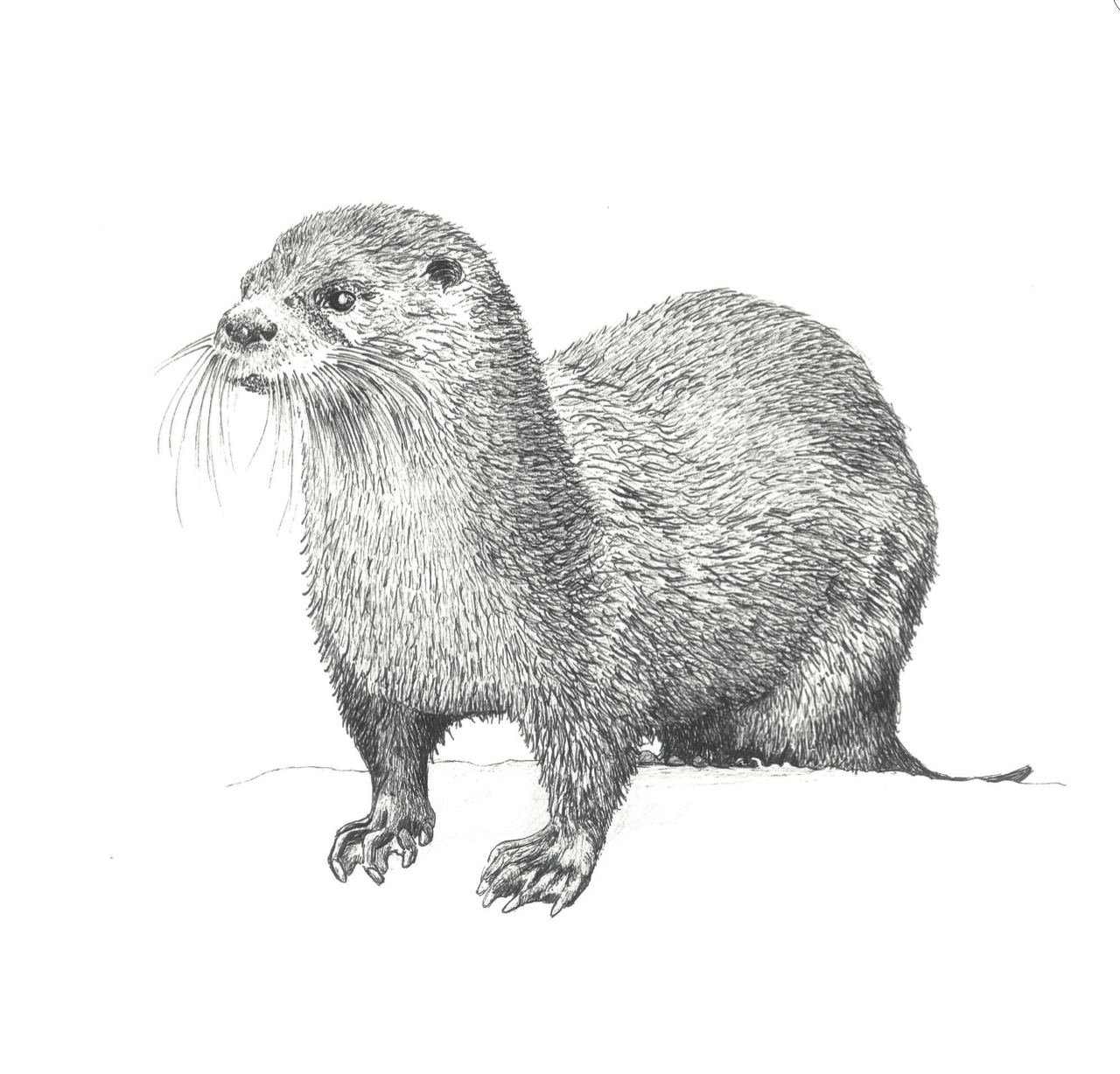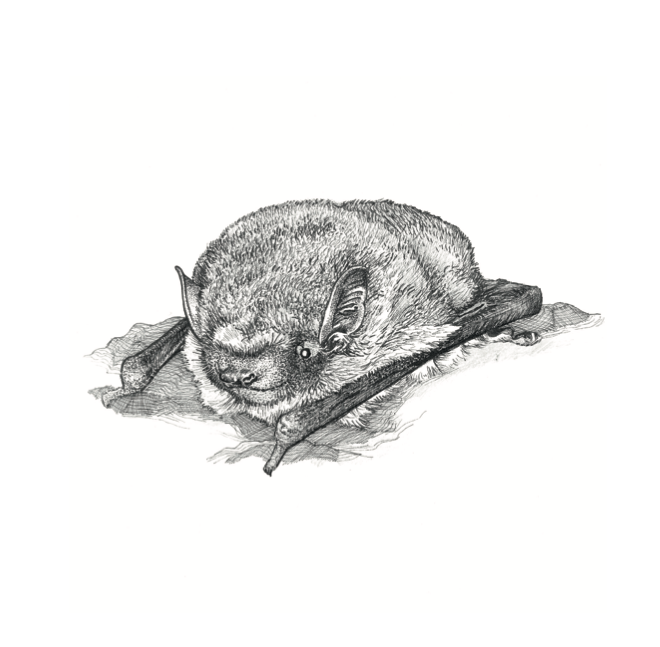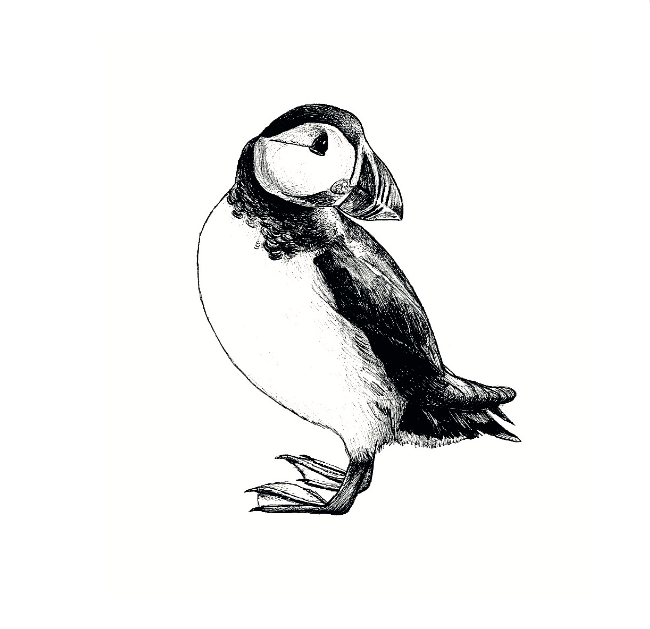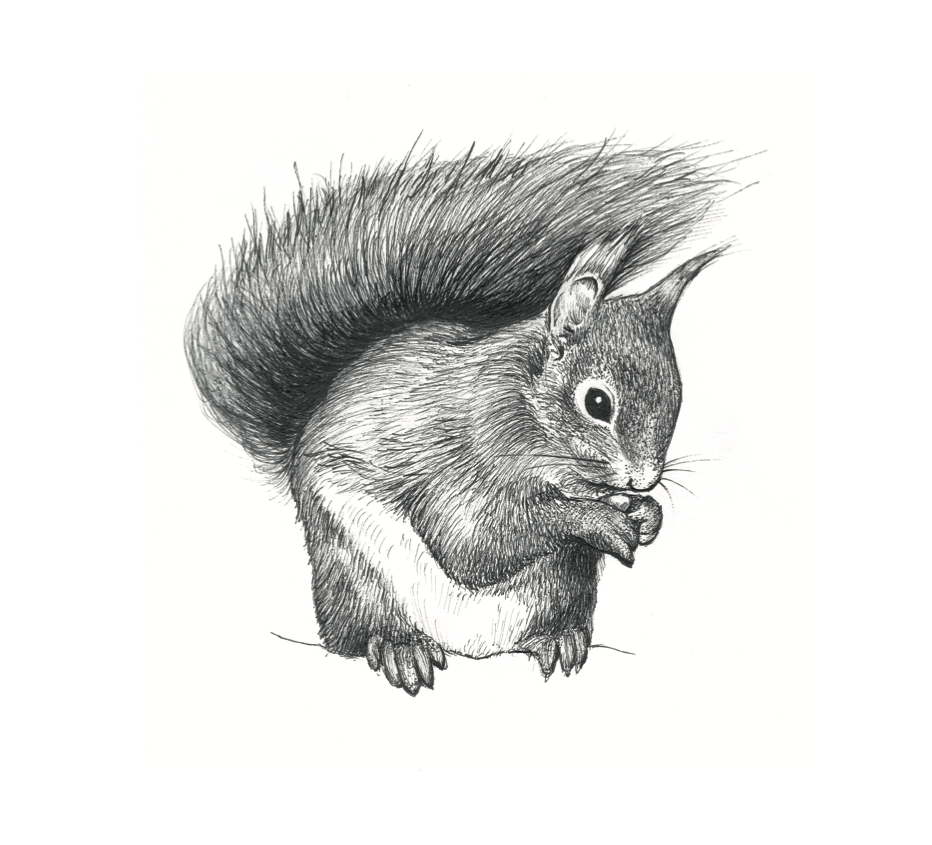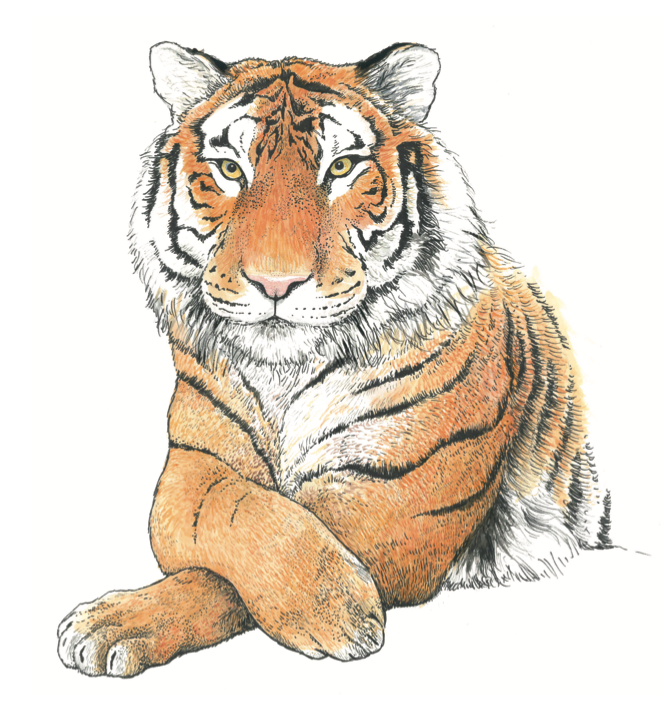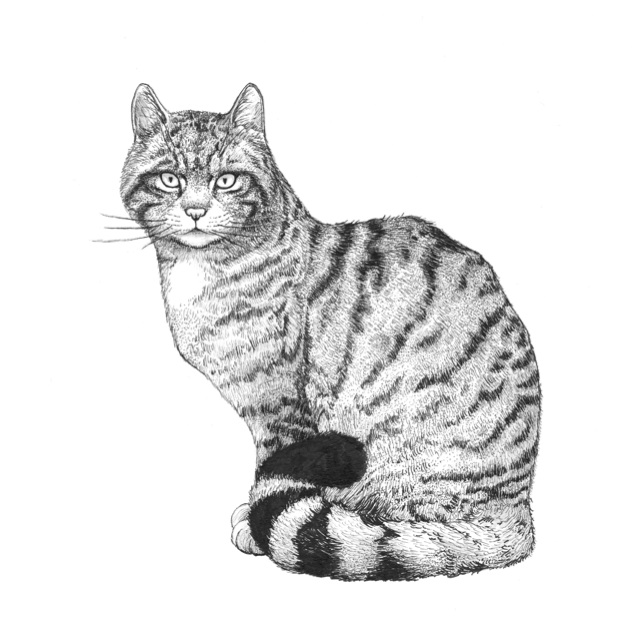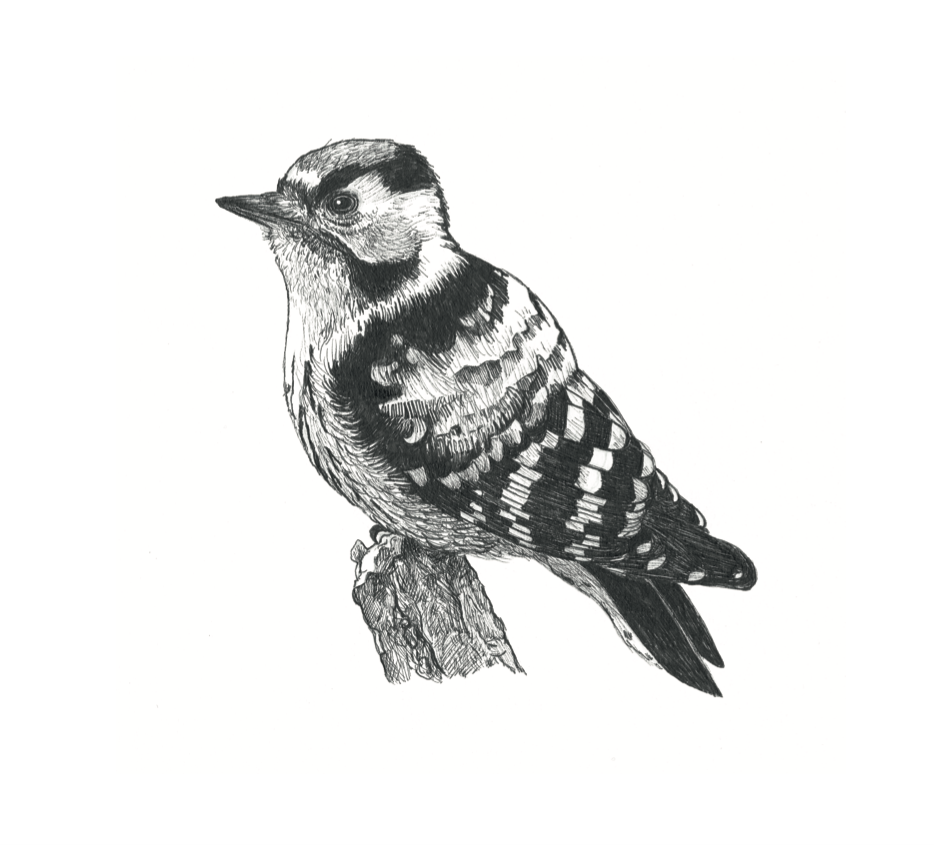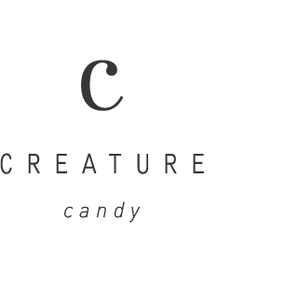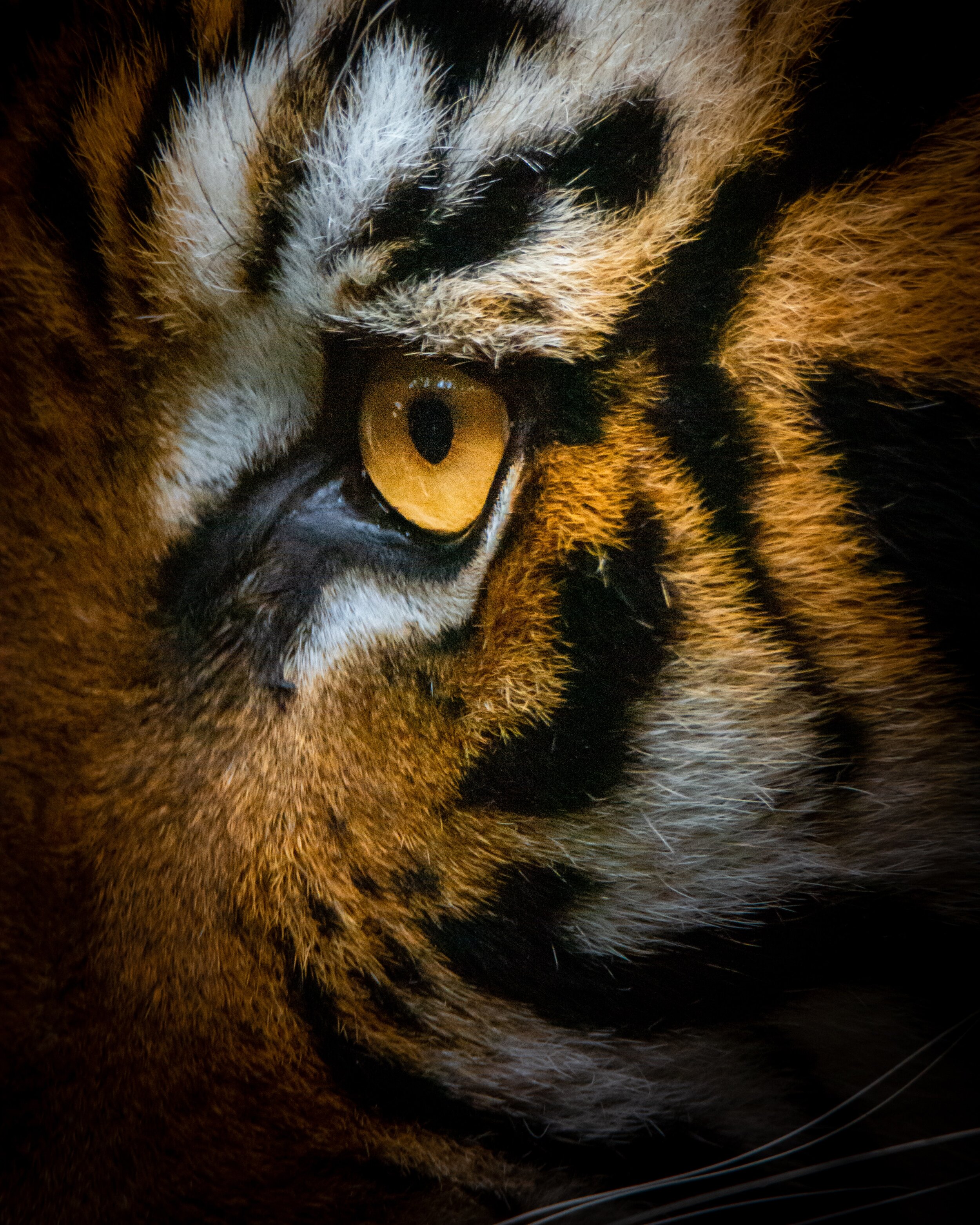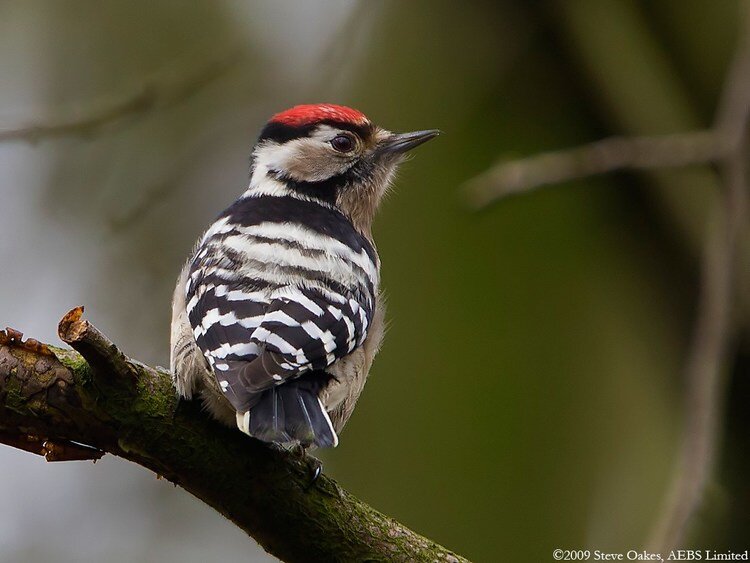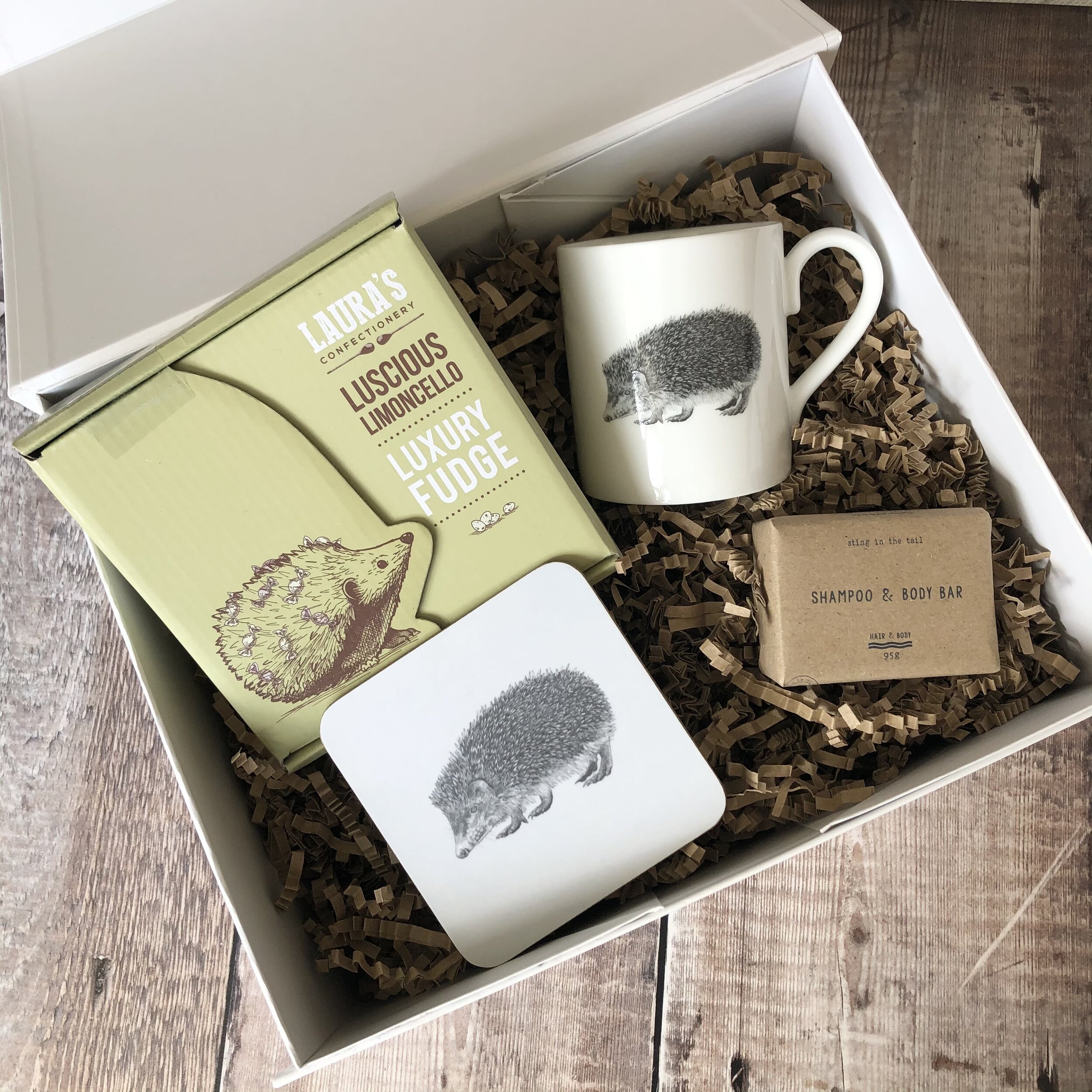By Grahame Camm.
Photo: Grahame Camm.
Starting in October and into early November, one of the amazing spectacles of nature is about to take place – the annual deer rut!
This is when the males, known as Stags or Bucks, compete for dominance of the herd and the right to mate with as many females, known as Hinds or Does, as they can. The males collect a harem of females and defend them vigorously against rival males. They select an area of land known as rutting stands. Quite commonly they will return to these stands year upon year. Fuelled by testosterone, the males give out a guttural roar, called bolving. This is to attract females and to warn off other males. They will also thrash about in the foliage and adorn their antlers with grass and bracken, anything to make themselves look bigger and more dominant. If another male won't back down, the two will parallel walk and size each other up. They will then lock antlers and push against each other, to see who is the strongest. This can go on for sometime until one admits defeat and backs down. Injuries are common and sometimes fatalities occur.
The victor will sniff and lick the air picking up the females scent (known as oestrus) and then knows which females are receptive to mating. He can mate with upwards of thirty females!
Photo: Grahame Camm.
They find a muddy patch and urinate or defecate in the mud. These are known as wallows or scrapes, then the deer roll in this to attract their mate! It also helps get rid of ticks or fleas from their coat.
The baby deer, known as Calves or Fawns, are born in May/June when mum goes away from the herd and gives birth in long grass. This provides some protection from predators and the mother returns several times to suckle her newborn. Eventually, when weaned, the youngster rejoins the herd and stays with them.
It is only males that grow antlers, in the first year they don't grow any, in the second year two pointy uprights grow, the young deer are known as pricketts and in their third year spurs grow as they take on adulthood. Mature stags with 12 points are known as royal stags. Fallow antlers are flat in shape and are known as palmate antlers. Roe deer have much shorter antlers than Reds or Fallow. In spring their antlers fall off, this is called casting. Immediately they start growing a new pair, thick membrane called velvet covers the antlers. Towards the end of August the velvet becomes itchy and starts to peel off. Very often it resembles an old sock hanging loose, the bone underneath then hardens in preparation for the rut. Males rub their antlers against branches, this is called fraying and the small tree or branch is a fraying post.
After the rut is over it is not uncommon for the males to have lost a third of their bodyweight, building up prior to the rut to arrive in peak condition. They may not have eaten at all throughout the rut. Hardly surprising then that they shed so much weight.
Deer footprints are v-shaped and are called slots, the wider the v the bigger the deer.
You may have noticed gaps in hedgerows where deer jump through, these are known as racks. Often found by well used tracks, which the deer use as a means of escape. If deer sense danger they will give out a bark to alert the others.
The collective name for a group of deer is a herd.
There are six species of deer in the UK, - Red, Fallow, Sika, Muntjac, Roe and Chinese Water deer. Only Reds and Roe are native to Britain, although Fallow have been here for hundreds of years they are not truly native. Brought over by William the Conqueror for hunting purposes.
About Grahame:
I am a wildlife photographer living in Hereford, my work has been featured in magazines and I had an article I wrote published on Herefordshire Wildlife Trust website.
After going on an Exmoor safari with the late Johnny Kingdom, pursuing my enthusiasm for wildlife really took off. Absorbing his advice, I honed my skills both tracking and stalking until I became competent. Deer are my absolute passion, such majestic animals.
The subject, be it bird or mammal, is the most important thing and I will not disturb or scare them just to get a photo. If I can approach, capture my shot and get away without them realising I've been there, then that is perfect!
Being at one with nature out in the wild is so therapeutic and I would encourage anyone to do so.
As I always say “Nature is there for everyone to enjoy”.
You can find more from Grahame on his Facebook page HERE.
If you love wildlife, check out our designs below that support conservation efforts.
10% of the sale price of all of our products is donated to British wildlife charities.
